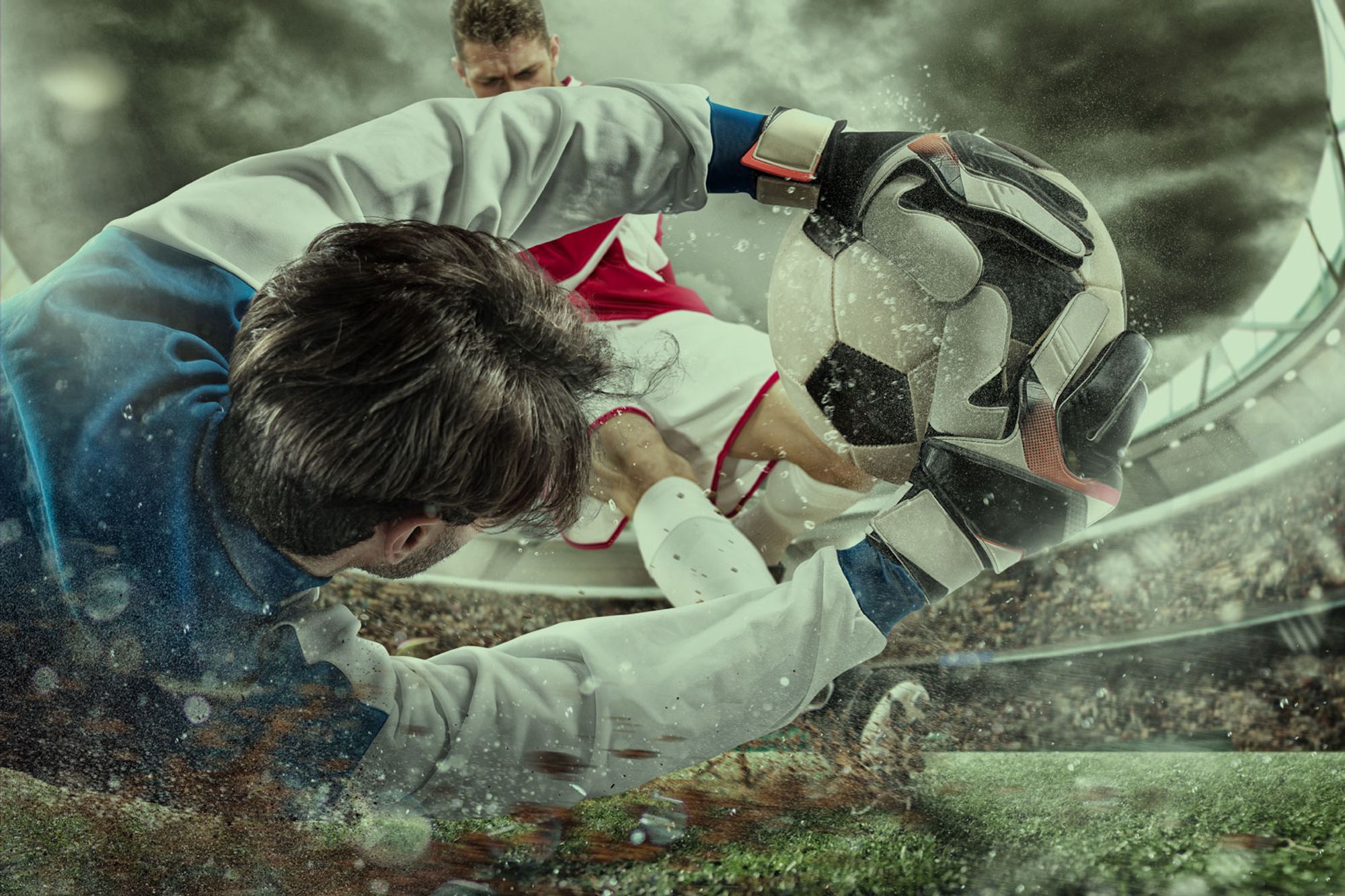
Strategies for goalkeepers: analyzing and neutralising opposing strikers
Antoine Roex, Keeper In Motion – 04 July 2024
Learn how goalkeepers can effectively analyse opposing strikers to improve their performance on the pitch. This article details the observation and analysis techniques that enable goalkeepers to predict the actions of strikers, anticipate their movements and choose the best defensive strategy. Discover practical advice on how to turn analysis into a competitive advantage in head-to-head encounters.
Analysis of the striker’s tendencies
To anticipate an striker’s actions effectively, the goalkeeper needs to study his habits and preferences, such as the preferred shooting foot, the areas of the goal frequently targeted, and the way the striker reacts under pressure. Video analysis of previous matches is a valuable tool, enabling recurring patterns in the striker’s actions to be identified, such as the tendency to shoot from certain distances or after certain dribbles. This in-depth understanding helps the goalkeeper to position himself optimally and choose the ideal moment to intervene.
Mastering one-on-one situations
Direct confrontations between goalkeeper and striker are critical moments when the goalkeeper must excel. Improving the management of these situations starts with a good reading of the game and intelligent positioning. The goalkeeper must observe the striker’s approach carefully, noting the speed, angle of approach and body movements that may indicate the direction of the imminent shot. Tactical patience is crucial; instead of rushing towards the striker, the goalkeeper should maintain his position for as long as possible to reduce shooting angles and force the striker to make the first move.
Using mental visualisation
Mental visualisation is a powerful technique in which the goalkeeper imagines himself facing various shooting scenarios before the match, reinforcing his ability to react instinctively in real-life situations. This practice helps to build confidence and reduce anxiety, allowing the goalkeeper to feel more prepared. Successfully imagining saves during visualisation creates a virtual muscle memory, increasing the chances of success in real play by making reactions more automatic and confident.
Preparing for penalties
Taking penalties requires a psychological and technical analysis of the striker. Goalkeepers often study the habits of the opposing team’s penalty-takers, noting their preferences for specific corners of the goal or shooting techniques. When preparing for penalties, understanding the striker’s body language just before the shot can give valuable clues as to the likely direction of the shot. This analysis is reinforced by training in reactivity to the striker’s subtle movements, which can be decisive in making the crucial save.
These techniques enable goalkeepers not only to improve their basic defensive skills, but also to develop a more strategic and psychological approach to the game, crucial for countering today’s sophisticated strikers.
References :
